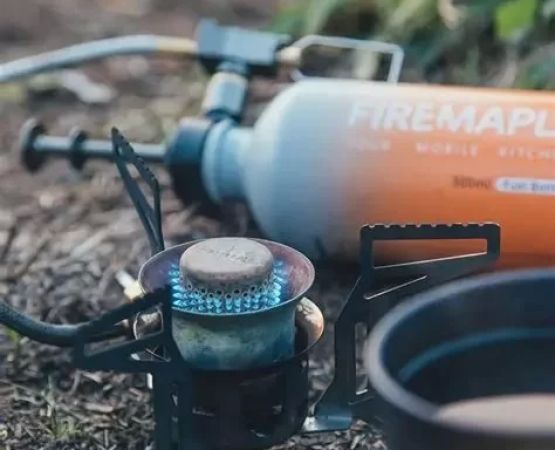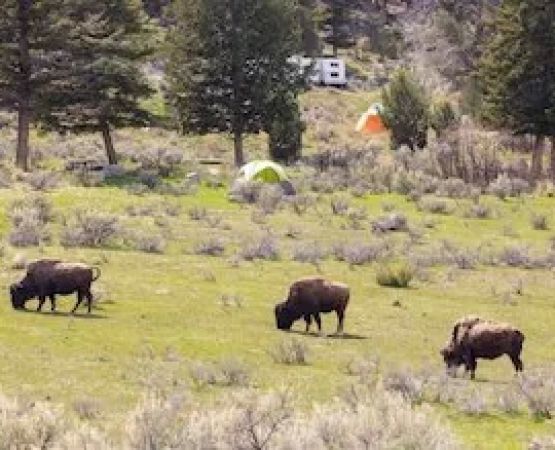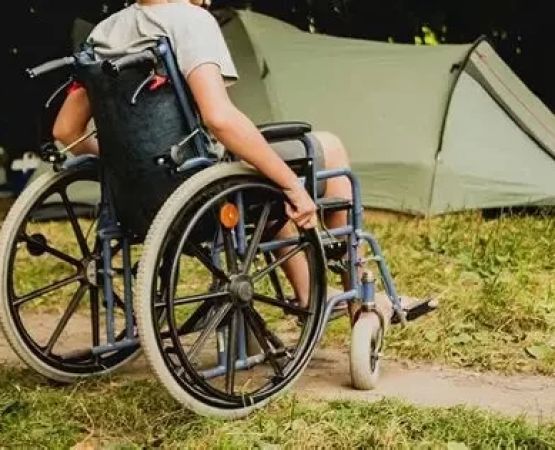- Understanding Wildfire Risks - Why Preparation Matters
- Creating an Emergency Plan - Steps Every Camper Should Take
- Campfire Safety Practices - Reducing the Risk of Ignition
- Essential Gear for Fire Safety - What to Bring When Camping
- Real Stories from Campers - Lessons Learned from Wildfire Encounters
- Long-Term Prevention and Awareness - Staying Informed and Safe
Understanding Wildfire Risks - Why Preparation Matters
Wildfires in the United States are becoming increasingly common, with thousands of acres burning every year. For campers, this reality means preparation isn’t just smart—it’s necessary for survival. When camping in forested regions, understanding the conditions that make fires more likely, such as drought, high winds, or dry vegetation, can help you gauge the risk level. Many campers make the mistake of assuming that because they’re only staying a night or two, they don’t need to worry. But wildfires can spread at speeds of up to 14 miles per hour, leaving little time to react. Awareness and preparation are the first lines of defense against such fast-moving natural disasters.
Creating an Emergency Plan - Steps Every Camper Should Take
One of the most effective ways to prepare for a forest fire while camping is to develop an emergency plan before you even set up your tent. This includes identifying multiple escape routes, knowing the closest town or ranger station, and making sure all members of your group are aware of what to do if a fire breaks out. Write down key information like park ranger contact numbers, and store them in waterproof bags. A good practice is to do a quick fire drill with your group—this might feel excessive at first, but in a real emergency, having rehearsed steps can save lives. Campsites near resorts such as Pine Cliff Resort often provide fire safety resources, making them a safer choice for families who want both adventure and security.
Campfire Safety Practices - Reducing the Risk of Ignition
While many wildfires start naturally, human negligence accounts for a significant percentage of forest fires each year. Practicing campfire safety is therefore essential. Always build fires in designated fire rings, keep water or sand nearby, and never leave a fire unattended. Make sure to completely extinguish your fire before leaving—douse it with water, stir the ashes, and repeat until everything is cool to the touch. Natural alternatives like portable camp stoves are safer and minimize the risk of accidental sparks. Teaching kids about fire safety is also crucial, as even a small mistake can escalate into a dangerous situation in dry forest conditions.
Essential Gear for Fire Safety - What to Bring When Camping
Preparation isn’t just about knowledge—it’s also about the tools you carry. Fire-resistant blankets, battery-powered radios, and portable air filtration masks can all make a huge difference if a wildfire breaks out. A compact first-aid kit and extra gallons of water should be staples in your camping gear. Technology can also play a role; many campers now use fire-tracking apps that provide real-time alerts about nearby wildfire activity. Having a “go-bag” ready with essentials like food, medications, and identification documents ensures you can evacuate at a moment’s notice. The peace of mind this provides allows you to enjoy your camping trip while staying responsibly prepared.
Real Stories from Campers - Lessons Learned from Wildfire Encounters
In 2021, a group of campers in Colorado narrowly escaped a wildfire after winds shifted suddenly during their trip. They credited their survival to having mapped out two exit routes beforehand and packing a fire safety kit. Another case in California involved a family whose children had learned fire safety drills; when flames appeared, they knew exactly what to do, which prevented panic. These stories highlight that preparation isn’t paranoia—it’s practicality. Real-life examples remind us that wildfires can occur unexpectedly, even during a seemingly safe camping trip. Learning from others’ experiences helps campers avoid repeating mistakes that could put lives at risk.
Long-Term Prevention and Awareness - Staying Informed and Safe
Beyond individual preparation, long-term wildfire safety comes from awareness and prevention. Before heading out, always check fire danger ratings issued by local authorities. If conditions are extreme, it may be wise to postpone your camping trip altogether. Participation in community-led wildfire prevention programs also helps reduce risks for everyone. As campers, adopting a “leave no trace” philosophy—minimizing fire hazards, respecting regulations, and educating others—plays an important role in broader wildfire prevention efforts. With the right mindset, gear, and planning, you can enjoy camping in the great outdoors while staying safe from the unpredictable dangers of forest fires.






